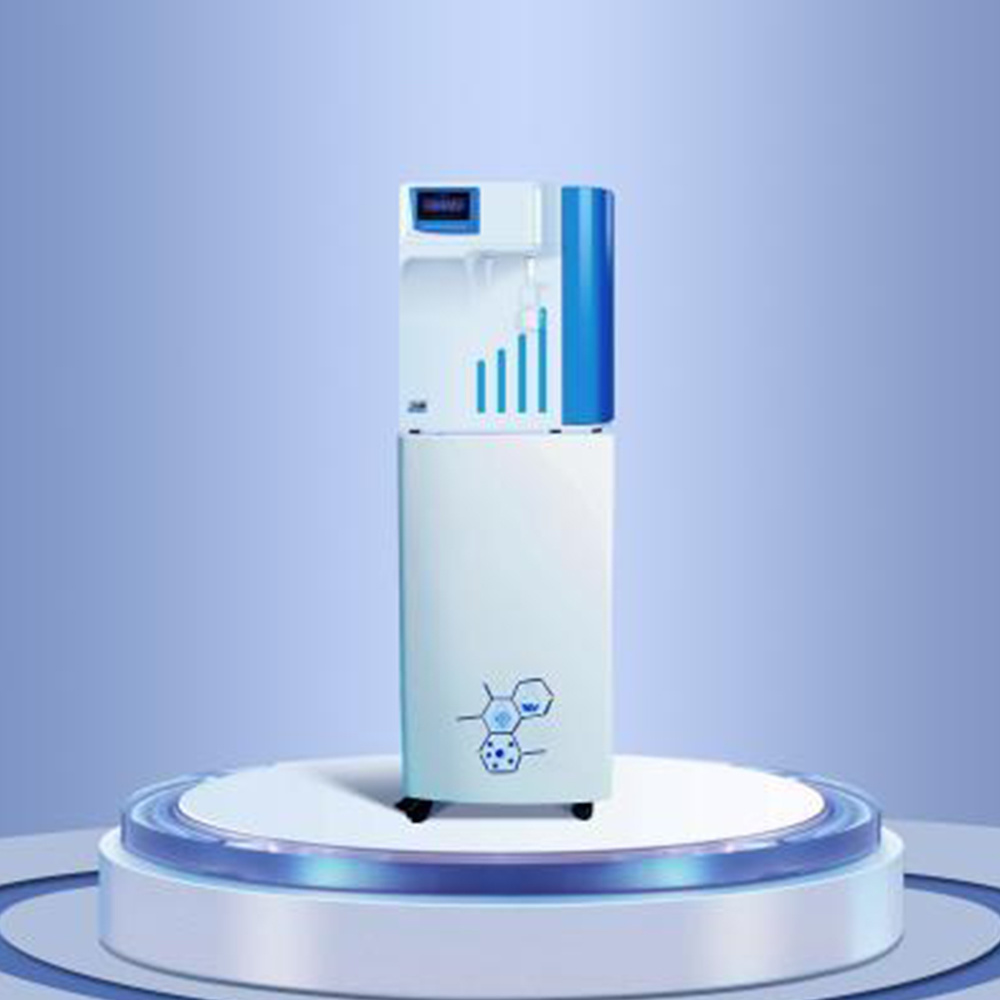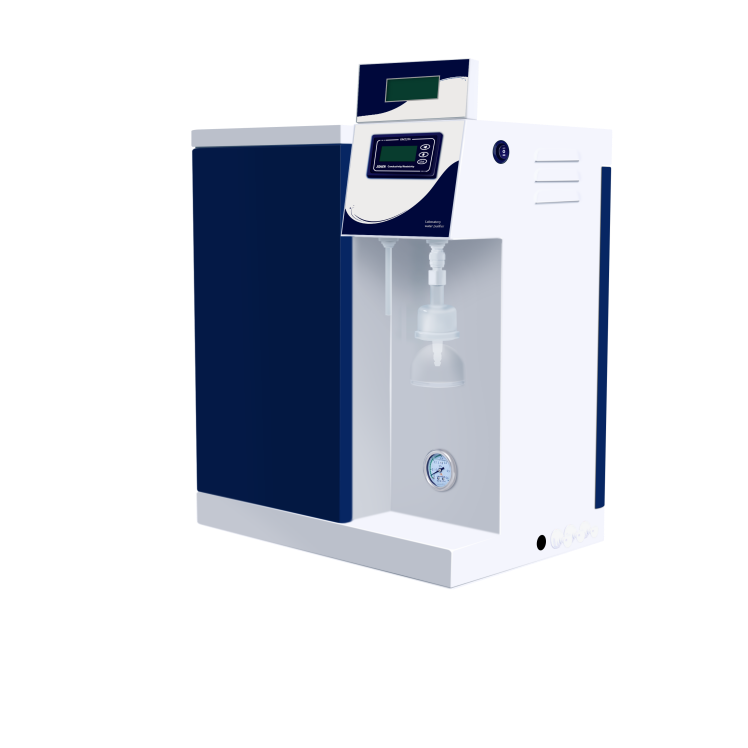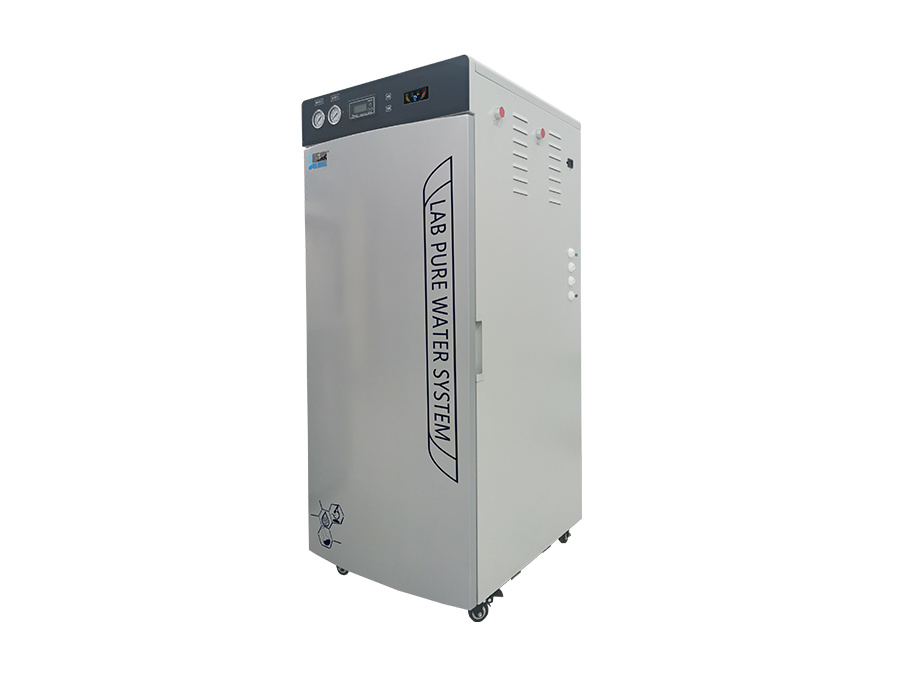Unlocking the Secrets of Ultrapure Water: A Comprehensive Guide to Advanced Purification Systems
Time:
Jun 27,2025
Unlocking the Secrets of Ultrapure Water: A Comprehensive Guide to Advanced Purification Systems
Table of Contents
1. Understanding Ultrapure Water: Definition and Importance
2. Why Purification Matters: Applications Across Industries
3. Key Components of Ultrapure Water Systems
3.1 Reverse Osmosis: The Core Technology
3.2 Deionization: Removing Ionized Contaminants
3.3 Filtration Techniques: Ensuring Particle-Free Water
4. The Process of Achieving Ultrapure Water
5. Latest Innovations in Water Purification Technologies
6. Challenges in Purification: Common Contaminants and Solutions
7. Best Practices for Maintaining Purification Systems
8. Frequently Asked Questions (FAQs)
9. Conclusion: The Future of Ultrapure Water
1. Understanding Ultrapure Water: Definition and Importance
Ultrapure water is defined as water that has been purified to extremely high levels, typically with a resistivity of 18.2 MΩ·cm at 25°C. This level of purity is crucial for various applications, particularly in industries such as pharmaceuticals, electronics manufacturing, and research laboratories. With virtually no dissolved solids, organic compounds, or microorganisms, ultrapure water supports processes that require the highest levels of cleanliness and control.
The significance of ultrapure water extends beyond mere compliance with standards; it plays a pivotal role in enhancing product quality, preventing contamination, and ensuring operational efficiency in critical processes.
2. Why Purification Matters: Applications Across Industries
The demand for ultrapure water spans multiple sectors. In the pharmaceutical industry, for instance, high-quality water is essential for manufacturing drugs, where even trace contaminants can affect product safety and efficacy. Similarly, in semiconductor manufacturing, ultrapure water is vital for cleaning and rinsing delicate components, ensuring no residues interfere with the production process.
Additionally, research laboratories utilize ultrapure water as a solvent and reagent in experiments, where even minute impurities can lead to erroneous results. As these industries continue to expand, the need for reliable ultrapure water purification systems only increases.
3. Key Components of Ultrapure Water Systems
To achieve ultrapure water, a combination of advanced purification technologies is employed. Understanding these components is essential for selecting the right system for specific industrial needs.
3.1 Reverse Osmosis: The Core Technology
Reverse osmosis (RO) is a fundamental technology in ultrapure water systems. This process uses a semi-permeable membrane to remove ions, molecules, and larger particles from water. By applying pressure, water molecules pass through the membrane, leaving behind dissolved solids and contaminants.
RO systems are highly effective in reducing salinity and can eliminate up to 99% of total dissolved solids (TDS). This technology is often the first step in a multi-barrier purification approach.
3.2 Deionization: Removing Ionized Contaminants
Deionization (DI) complements reverse osmosis by targeting ionized contaminants. This process involves passing water through ion exchange resins that remove cations and anions, effectively producing water with zero ionic contaminants.
Deionization is crucial for applications requiring extreme purity, as it ensures that even ionized impurities are eliminated, making it a vital step toward ultrapure water.
3.3 Filtration Techniques: Ensuring Particle-Free Water
Various filtration techniques, such as microfiltration and ultrafiltration, play a significant role in achieving ultrapure water. These methods employ membranes to physically separate particles from water, including bacteria and larger microorganisms.
By combining filtration technologies with RO and DI, purification systems can effectively produce water free from particulate matter.
4. The Process of Achieving Ultrapure Water
Producing ultrapure water involves a multi-step purification process that incorporates various technologies to ensure the highest level of water quality. The typical sequence includes:
1. **Pre-treatment**: Involves initial filtration to remove larger particles and sediments.
2. **Reverse Osmosis**: The primary step for reducing TDS and other solubles.
3. **Deionization**: Further purification to eliminate ionic impurities.
4. **Final Filtration**: Ensures the water is free from any remaining contaminants before it is stored or used.
This comprehensive approach not only guarantees the purity of the water but also enhances the longevity and efficiency of the purification system.
5. Latest Innovations in Water Purification Technologies
The field of water purification is continuously evolving, with innovations aimed at improving efficiency and effectiveness. Some of the latest advancements include:
- **Membrane Technology**: The development of advanced membranes that offer higher permeate flux and greater resistance to fouling, leading to lower operational costs.
- **Nanotechnology**: Utilizing nanoparticles in filtration systems enhances contaminant removal rates and improves water quality.
- **Automated Monitoring Systems**: Integration of IoT technologies allows for real-time monitoring of water quality, enhancing system maintenance and performance.
These innovations not only optimize purification processes but also ensure that systems can adapt to changing water quality demands.
6. Challenges in Purification: Common Contaminants and Solutions
Despite advancements, ultrapure water systems face challenges in dealing with various contaminants. Common issues include:
- **Microbial Contamination**: Bacteria and viruses can compromise water quality. Solutions include UV disinfection and regular system maintenance.
- **Fouling**: Membrane fouling can reduce system performance. Employing regular cleaning protocols and selecting appropriate pre-treatment methods can mitigate this issue.
- **Chemical Contaminants**: Residual chemicals can affect purity. Utilizing activated carbon filters can help remove organic compounds effectively.
Addressing these challenges is critical for maintaining the integrity of ultrapure water systems and ensuring consistent water quality.
7. Best Practices for Maintaining Purification Systems
To achieve optimal performance from ultrapure water systems, several best practices should be followed:
1. **Regular Maintenance**: Implementing a routine maintenance schedule to check and replace filters and membranes as needed.
2. **Quality Monitoring**: Regularly testing water quality to ensure compliance with ultrapure standards.
3. **System Upgrades**: Keeping abreast of technological advancements to incorporate newer, more efficient components into existing systems.
By adhering to these practices, businesses can ensure their purification systems operate at peak performance, delivering consistent and reliable ultrapure water.
8. Frequently Asked Questions (FAQs)
What is ultrapure water?
Ultrapure water is water that has been purified to extreme levels, virtually free of all contaminants, making it suitable for sensitive applications in industries like pharmaceuticals and electronics.
What technologies are used in ultrapure water systems?
Common technologies include reverse osmosis, deionization, and various filtration methods to remove dissolved solids and particulate matter.
How is ultrapure water produced?
A typical purification process includes pre-treatment, reverse osmosis, deionization, and final filtration to ensure water meets ultrapure standards.
What challenges do ultrapure water systems face?
Challenges include microbial contamination, membrane fouling, and chemical residues. Implementing preventive measures can help mitigate these issues.
How can I maintain my purification system effectively?
Regular maintenance, water quality monitoring, and system upgrades are essential to ensure optimal performance of purification systems.
9. Conclusion: The Future of Ultrapure Water
The pursuit of ultrapure water continues to be a critical component across various industries. As technology advances, the methods for achieving and maintaining such purity will evolve, offering even more efficient and reliable purification systems. By investing in the latest technologies and adhering to best practices, businesses can unlock the full potential of ultrapure water to enhance their operations and ensure compliance with industry standards. The future of purification promises to be as vital as ever, driving innovation and quality in critical applications.
RELATED NEWS








